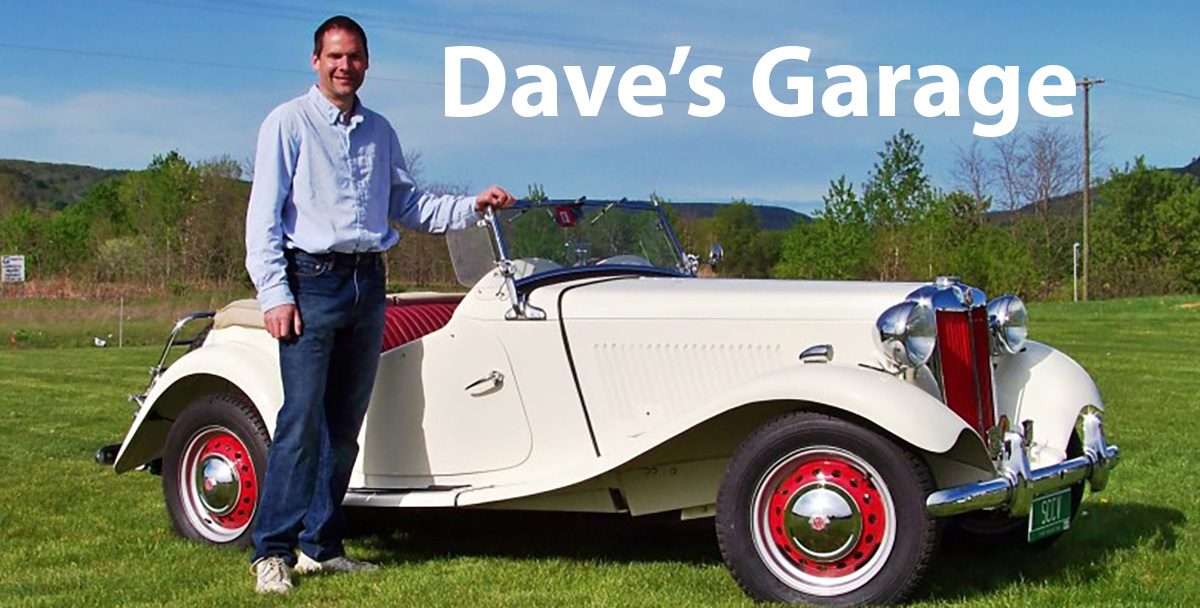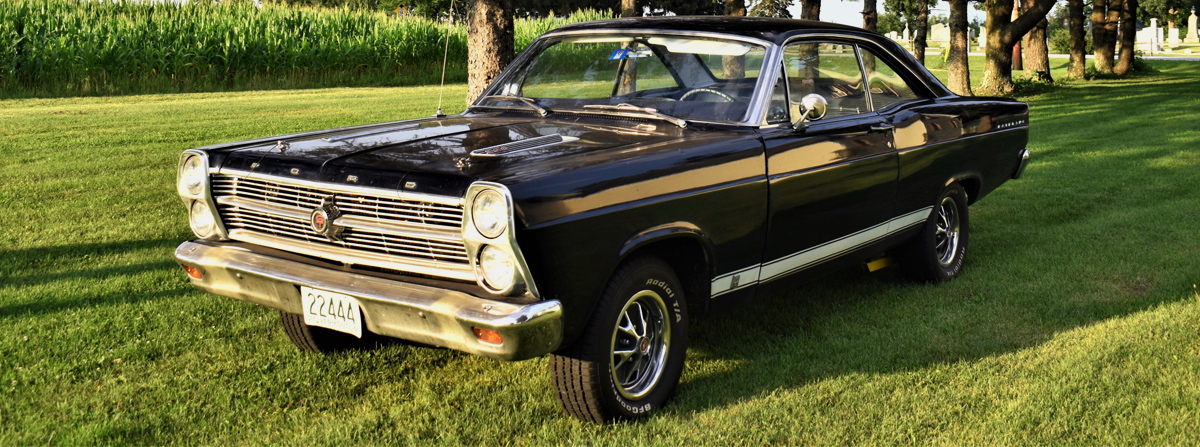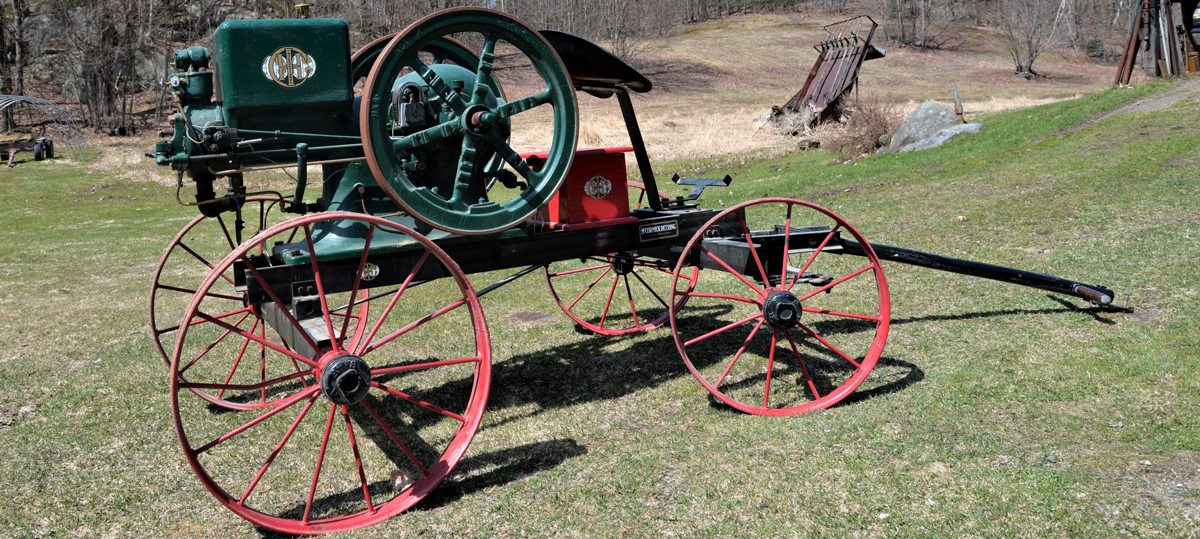Author: Dave Carpenter
-

Over Bearing
I recently changed one of the rear wheel bearings in my 2016 Outback. This is fairly typical, as the car just passed 50,000 miles, and this is a common problem […]
-

1966 Ford Fairlane GTA
“I had just about given up, then I remembered my parents had a 1966 or 67 Fairlane. It was a nice car with a 289 and auto transmission. I found this […]
-

McCormick-Deering Type M 6HP
The Right Power for the Bigger Jobs Wherever power is needed, the practical and careful man buys a McCormick-Deering 6HP engine to do his work. The 6HP engine has water-cooled […]
